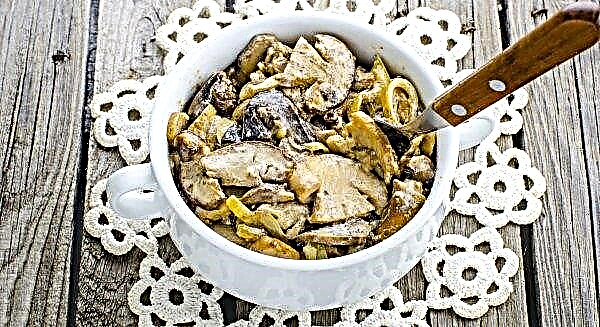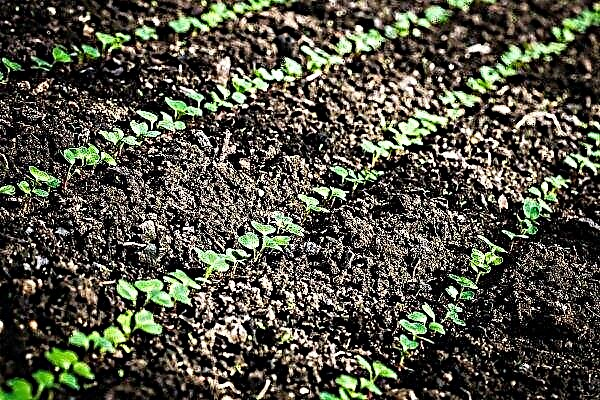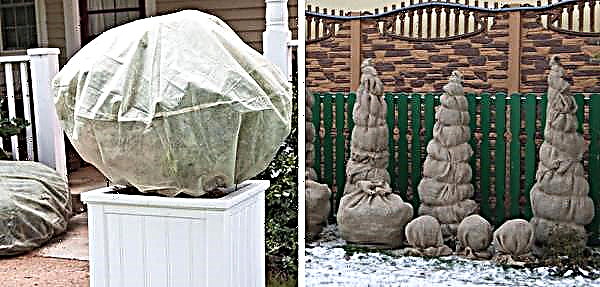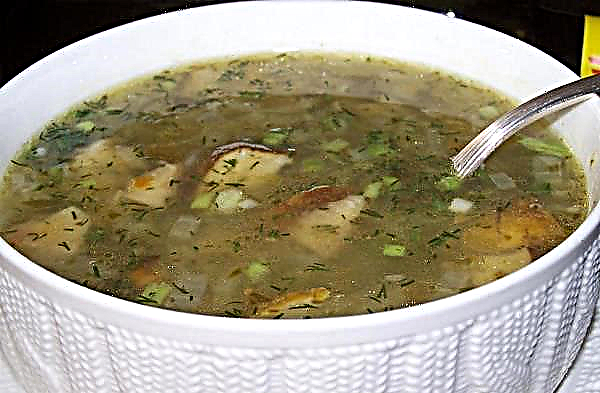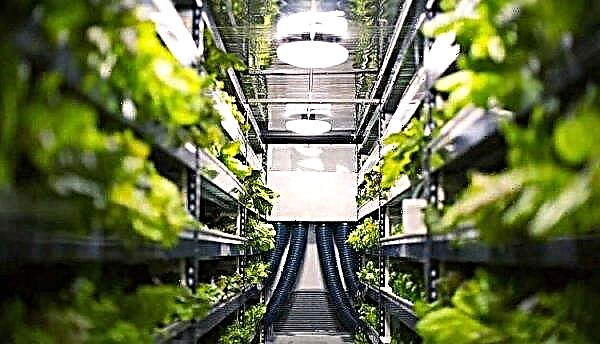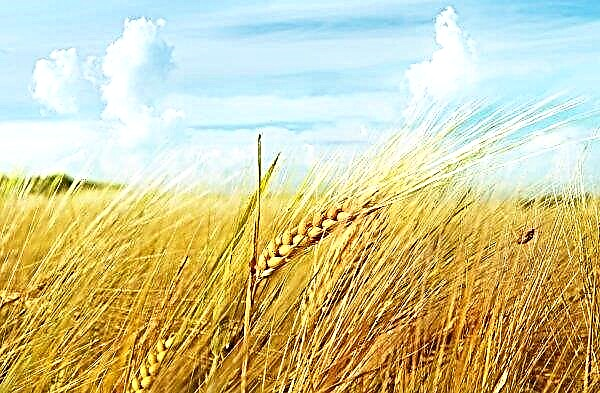Kalanchoe is not a very demanding plant in terms of care, but for prolonged and plentiful flowering, do not ignore the recommendations regarding the subtleties of its cultivation. The first thing you should pay attention to is the correctness and regularity of irrigation, since lack of moisture and waterlogging of the soil equally affect the state of a flowering crop. What you should know about the correct implementation of the irrigation procedure and which water is better to use - read on.
How to care for Kalanchoe?
Like any other indoor plant, Kalanchoe needs sufficient lighting, maintaining the appropriate temperature and humidity, not to mention further fertilizer and watering.
Lighting. For a good development of the flowerpot, you will have to organize a 10-hour daylight, but if this doesn’t work out naturally, then fluorescent lamps will come to the rescue (in winter, pots can be carried closer to artificial light sources). However, the light intensity should increase gradually, starting from 6 hours a day for young flowers. The sun's rays entering the Kalanchoe must necessarily be scattered, since with direct exposure to the leaves of the crop red spots will appear.
Temperature values. Optimum indicators depend on the specific time of the year and in winter are + 11 ... + 16 ° С, and in summer - no higher than + 26 ° С. On particularly hot days, it is worthwhile to increase the regularity and abundance of watering, avoiding excessive drying of the substrate in the pot. As soon as the air temperature rises to + 10 ° C, it is useful to ventilate the plants, leaving them for a while on the balcony.
Air humidity also depends on the season, so in summer the values can be higher than in winter, in general, up to 80%. True, one can not ignore the effect of heating devices that dry the air in the room. In this case, it’s useful to place open containers with water next to the pot.
Important! When placing the pots on pallets with wet expanded clay, make sure that water does not get into the drainage holes, otherwise the root system may rot with further loss of the whole plant. The remaining water from the pan is removed with a sponge or drained, but not earlier than half an hour after watering.
Liquid mineral fertilizers for Kalanchoe are applied separately from the main watering, reducing the dosage of the composition recommended by the manufacturer by half. Excessive amounts of nutrients in the soil are just as undesirable as their deficiency, and can adversely affect flowering. As for the irrigation itself, many gardeners advise alternating water fasting with abundant introduction of liquid, but the main thing in this matter is not to overdo it and not bring the plant to extreme exhaustion during the "drying out".
How to understand that it’s time to water the plant?
Regardless of the season, the signal for the next watering of the Kalanchoe will be a sufficiently dried topsoil (to a depth of 2 cm) or slightly sagging leaves, which is typical for a prolonged moisture deficit. If the earth is wet, then additional moisture is not required and it is better to wait a bit with watering.
During the heating season, you can spray the plant from a spray bottle, but only if the room has too dry air.
If you adhere to the calendar terms for irrigation, then during flowering (from February to May) you need to add liquid at least once every 4 days, but in small portions so that the flower has time to absorb water. The rest of the time it is worth considering the moisture content of the soil and the plant itself.
How many times and how often to carry out the procedure?
On average, if you focus on the state of the upper soil layer in a pot of Kalanchoe, the irrigation regularity will be approximately 1-2 times a week, although on hot summer days this value can be increased to 1 time in 2-3 days. However, do not forget that the dense and fleshy leaves of the flower perfectly accumulate moisture, so in a few "dry" days nothing will happen to the plant and it will not dry out.
With the advent of winter, most gardeners organize a dormant period in the flowerpot, lowering the temperature and, accordingly, increasing the interval between watering. On average, the introduction of fluid into the soil occurs once every 10-14 days, and spraying is completely excluded (at low air temperature and placing the plant away from heating appliances, it is possible to decay wetted parts).Did you know? The chemical composition of Kalanchoe contains substances that have excellent bactericidal properties against microorganisms such as staphylococcus and Escherichia coli, due to which the plant extract is included in various medications.
What water is better to water?
The water used for irrigation of the plant should always be kept at room temperature, that is, not lower than + 18 ° C. Cold irrigation fluid can lead to a cessation of the development of the root system, which will undoubtedly affect the decorative properties of Kalanchoe. If the house has a filter - even better, because even the hardest tap water can be made suitable for watering the plant.
If the house has a filter - even better, because even the hardest tap water can be made suitable for watering the plant.
How to water Kalanchoe at home: the main ways
There are several basic methods of watering indoor plants and, oddly enough, several of them are suitable for Kalanchoe at once, in particular, moistening with iodized water. True, in order not to harm the flower, you should know about the features of each option.
Immersion
For watering in this way, you need to prepare a tank, the volume of which will be more than the volume of the pot with the plant. Lower the pot to the edge of the pot, and as soon as air bubbles disappear from the surface, you can get the plant from the water, considering the irrigation complete. Having stood for some time on a pallet, the flower will get rid of excess moisture and it can be moved to a dry pallet.
This option of moistening the substrate is often used in the summer, when the room is very hot and the flower does not have enough moisture. True, some flower growers advise not to get carried away with this method of introducing liquid, since it is often accompanied by waterlogging of the soil and, if the technology is violated, can destroy the plant.
Watering from above
This watering option is the simplest and safest, since pouring liquid under the root, you can clearly dose its amount and exclude contact with other parts of the flower. For the convenience of the procedure, it is recommended to use a watering can with a thin nose, with which you can direct the irrigation stream to any part of the pot. Top watering is ideal for newly transplanted or purchased plants, when a precise control of the amount of introduced liquid is required.
Important! Do not try to pour all the collected water into the pot in a few minutes. Moisten the soil in a dosed manner, and as soon as the liquid begins to flow into the pan from the drainage holes, stop watering.
Running water
Moisturizing the plant with running, not standing water can be performed during transplantation (when you need to wash the roots) or during the irrigation of leaves in the shower. In addition, similar cleaning measures are often carried out to control pests, washing them off the leaf plates. In the latter case, you can use a soap solution, which is much more effective in dealing with the destruction of insects.
Spraying the roots
Spraying with water the root system of the plant is possible during its next transplant, when it is necessary to wash off the adhering substrate in order to verify the health of the root system. In addition, it is useful to treat the roots with a growth stimulator previously diluted in water in accordance with the instructions.

Features of watering Kalanchoe
Watering Kalanchoe can be carried out not only with one water. It is much more useful to periodically use a mixture with the addition of iodine or peroxide, which, in addition to moisturizing, will enrich the soil with important mineral compounds. Consider the features of each watering method.
Iodine
This substance is an excellent tool for feeding weak plants and ridding crops of pests. The optimal ratio for the irrigation liquid would be 1 small drop of iodine per 3 liters of water, which can be used for several plants or left for future irrigation. You can also use another calculation method: 0.1 mg of iodine per 1 kg of soil in a pot, but if you increase the amount to 1 mg per 1 kg, then such watering will simply kill the flower.
You should not get carried away with such top dressing, so adding the specified substance to the irrigation fluid is not more than 1 time per month.
Did you know? Kalanchoe is a short-day plant, that is, flowering begins when natural light becomes less. In the natural environment of growth, this period usually falls in the fall, but with home growing you can regulate flowering yourself, reducing the lightness in any season.
Peroxide
Mixed with water, hydrogen peroxide perfectly affects almost any houseplants, accelerating their growth, eliminating diseases and strengthening the root system. For this reason, it is recommended to use it when growing Kalanchoe, and in order not to harm the indoor flower, it is necessary to strictly follow all recommendations on the norm of use. On average, 2 tbsp. tablespoons of peroxide, so that the resulting mixture is added to the plants no more than 1 time in 5-7 days. In addition, this composition can also be used for spraying Kalanchoe sheets, after pouring liquid into a spray bottle.
If the plant needs more frequent hydration, it is worth reducing the amount of peroxide to 10-15 drops per 1 liter of water, and in order to protect the flower from pests (scabs, mealybug or spider mite), you can add a few drops of iodine and spray the plants with a spray.
With a competent calculation of the amount of all components, it will be possible to reduce individual fertilizing with mineral substances, since the plant can already receive almost everything necessary.
Boiled or unboiled water
When boiling, the hardness of tap water decreases significantly, so if you do not have a settled irrigation fluid, you can use this option. It is also suitable for spraying and wiping sheet plates.
If you are worried that it lacks useful macro- and microelements (many of them are destroyed by thermal exposure), then for these purposes it is better to use complex mineral fertilizers that will fully replenish Kalanchoe reserves. Hard tap water can be used in unboiled form only after filtration and additional sedimentation, which will help reduce the concentration of harmful salts in it.
The main disadvantage of boiled water is the limited oxygen content., but it can be compensated by more frequent loosening and settling of already boiled water for 2-3 days. In extreme cases, alternating watering with boiled and fresh liquid is allowed, but with the obligatory taking into account the condition of the flower.
Signs of improper watering
Kalanchoe is not immune from the effects of pests and diseases, but the grower can minimize the likelihood of their occurrence, and primarily by optimizing the irrigation regime. Lack of moisture, as well as its excess, adversely affects the condition of various parts of the plant, and the most popular problems associated with violation of soil moisture requirements are as follows:
- Shredding of leaf blades and excessive stretching of the stem part. Most often, the reason for this phenomenon will be excessive wetting of the substrate in the winter, especially if there is not enough light in the room with the flower. To eliminate the consequences of such a violation, it is necessary to increase the temperature, transfer the pot with the plant under a phytolamp and reduce the amount of irrigation liquid the next time it is used (after the soil dries).

- The emergence of stem rot, which is manifested in the thinning of shoots and darkening of the stem part: starting from the bottom to the very top. The treatment of Kalanchoe in this case will not bring the desired result, so it remains only to cut off the healthy apical parts and root them to get a new plant, and the bush damaged by rot will have to be thrown away.

- Dropsy development (Kalanchoe leaves are covered with swollen growths resembling blisters). The cause of this problem is the prolonged waterlogging of the soil in the pot, so you will have to reduce the frequency of watering, cut off the damaged parts and increase the daylight hours.

- The appearance of dry and brown spots on the leaves, which eventually grow over the entire surface of the sheet plate and lead to its death. To restore the Kalanchoe to its former form, you will have to cut off all the damaged leaves and revise the irrigation scheme, since the main reason for this phenomenon is considered to be prolonged drought.

- The appearance of white spots on the leaves. Usually, the basis for this problem is spraying the pot with cold and hard tap water, which means that to fix it you need to remove the damaged leaf plates and not repeat the previous mistakes.

- Decay of the root system and the appearance of mold on the surface of the substrate. It's simple: Kalanchoe just flooded, so you have to remove the plant from the old pot and transplant it into a new one, after removing all damaged roots.
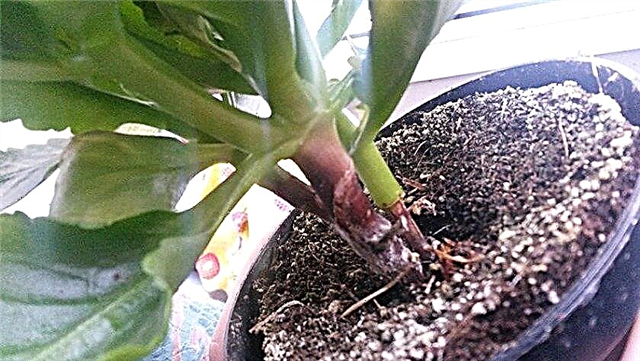
Maintaining an optimal irrigation regime of a plant is not such a difficult task as it seems to novice gardeners, but the main thing here is a reasonable moderation, thanks to which it will be possible to eliminate all of these troubles.







